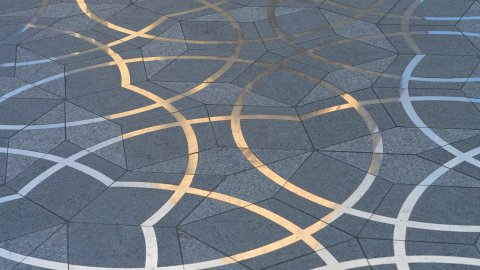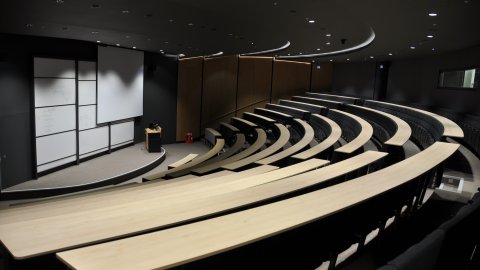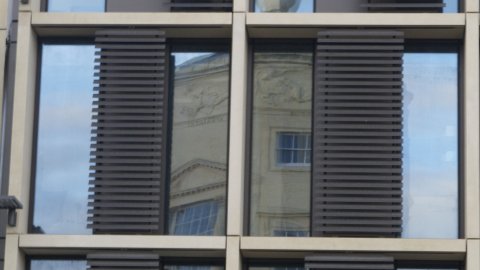Bounded intervals containing many primes
Abstract
I describe joint work with Alastair Irving in which we improve a result of
D.H.J. Polymath on the length of intervals in $[N,2N]$ that can be shown to
contain $m$ primes. Here $m$ should be thought of as large but fixed, while $N$
tends to infinity.
The Harman sieve is the key to the improvement. The preprint will be
available on the Math ArXiv before the date of the talk.




